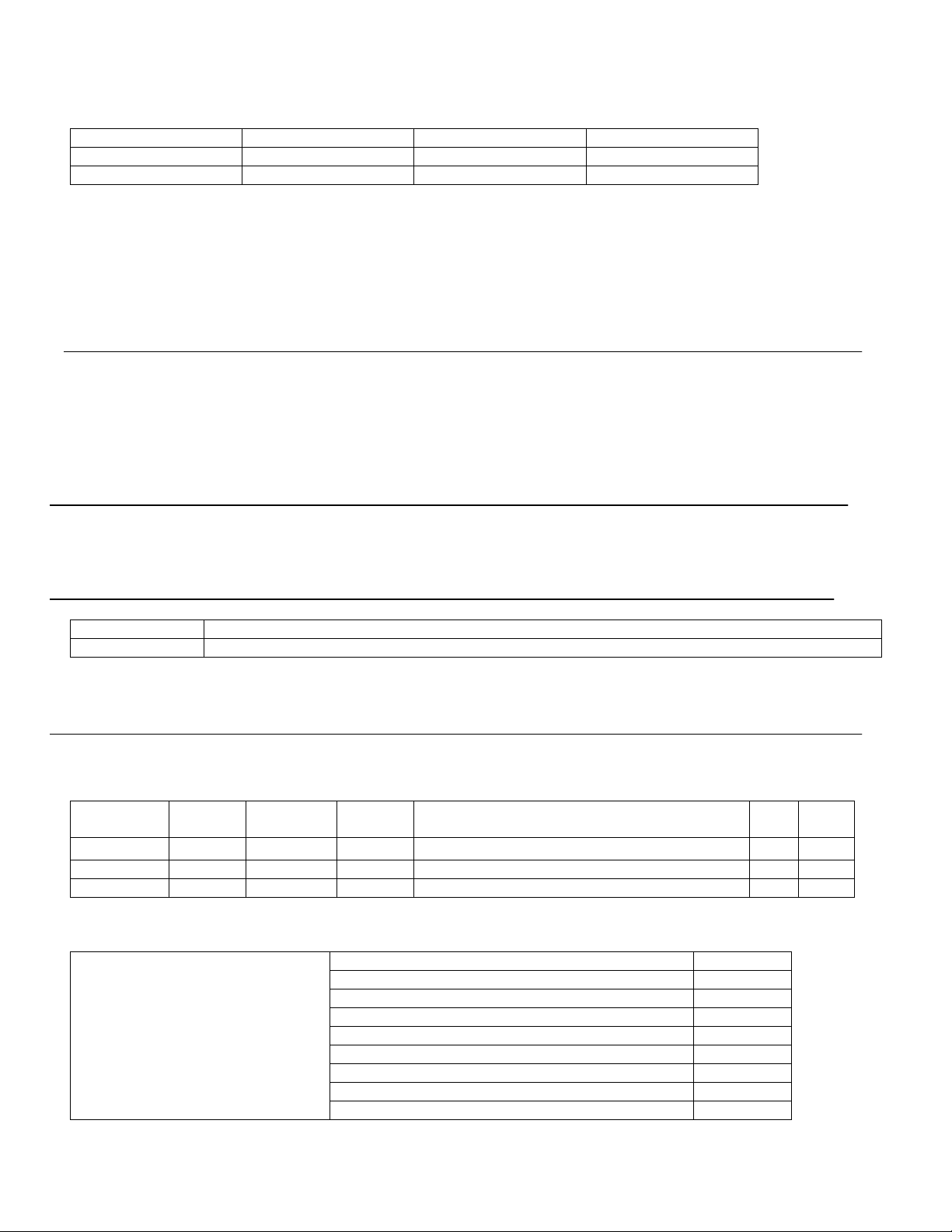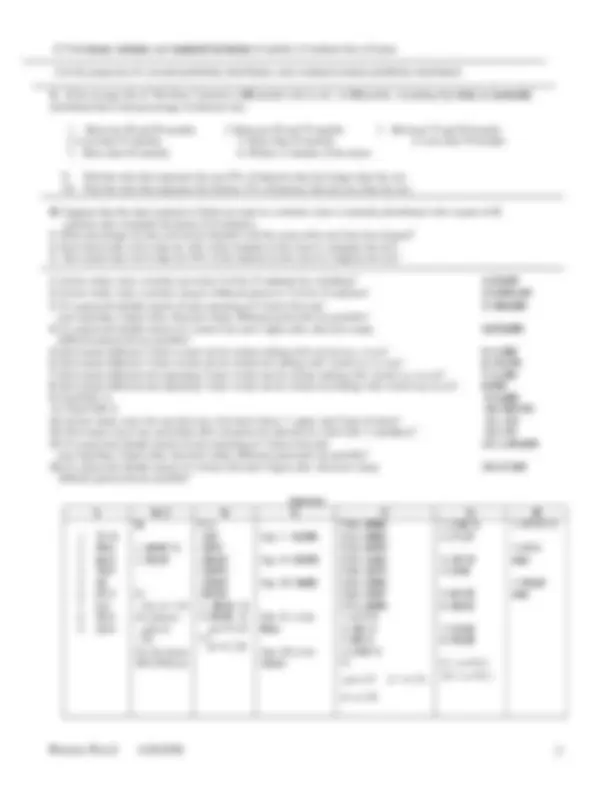



Study with the several resources on Docsity

Earn points by helping other students or get them with a premium plan


Prepare for your exams
Study with the several resources on Docsity

Earn points to download
Earn points by helping other students or get them with a premium plan
Community
Ask the community for help and clear up your study doubts
Discover the best universities in your country according to Docsity users
Free resources
Download our free guides on studying techniques, anxiety management strategies, and thesis advice from Docsity tutors
A practice test covering various topics in probability and statistics, including probability distributions, normal distribution, expected value, standard deviation, permutations, and combinations. It includes multiple-choice and short answer questions, as well as problem-solving exercises.
Typology: Exams
1 / 2

This page cannot be seen from the preview
Don't miss anything!


A. The table below shows a random sample of 1000 students in terms of their gender and living arrangements.
H ome A partment D orm M ale 225 189 102 F emale 215 121 148
If one student is randomly selected then find the following probability that
If two students are selected at random find the following probability that
B. A system has 8 parts and the working probability of each part is 94%. The system works if all the parts work. Also all parts are working independently from each other.
expected results for the players and the house each time the game is played.
D. Let Random Variable = X = the number of returned merchandise at Lucy’s department store in a given day. X 7 8 9 10 11 12 f (days) 20 30 45 35 25 5
E. The table below shows the returns on three different investment options based on various states of economy and their corresponding probabilities for the next year. Do the necessary computation and indicate which investment has the best / worst performance in terms of its dollar value. Strong (20%)
Moderate (35%)
Weak (45%)
Expected Outcome Best Wors t Option I 8,000 4,000 -4, Option II 6,000^ 2,000^ 3, Option III 13,000^ 2,000^ -6,
List and discuss the four assumptions of a binomial distribution. F X = number of students that will pass Abe’s class (^) P(X) 0 1 2 3 4 5 6
According to Abe, 65% of his students pass his stat class if 7 of his students are randomly selected, then complete the probability distribution table, After completing the table , then find the probability that
1. All seven will pass. 2. None will pass. 3. At least 4 will pass. 4. At most 2 will pass.
5. Find mean, variance and standard deviation of number of students that will pass.
G. If the average life of “Die Easy” batteries is 80 months with st. dev. of 20 months. Assuming that data are normally distributed then what percentage of batteries last,
H. Suppose that the time required to finish an exam in a statistics class is normally distributed with a mean of 80 minutes and a standard deviation of 10 minutes. 1. What percentage of class will not be finished with the exam when one hour has elapsed? 2. How much time will it take for 10% of the students in the class to complete the test? 3. How much time will it take for 95% of the students in the class to complete the test?
1. In how many ways a teacher can select 5 of his 23 students for a fieldtrip? 1)33,
2. In how many ways a teacher can give different prizes to 5 of his 18 students? 2)1,028, 3. If a password should consist of non-repeating of 2 letters first and 3) 468, non-repeating 3 digits after, then how many different passwords are possible? 4. If a password should consist of 2 letters first and 3 digits after, then how many 4)676, different passwords are possible? 5. How many different 3-letter words can be written ending with vowels (a,e, i,o,u)? 5) 3, 6. How many different 3-letter words can be written not ending with vowels (a, e,i,o,u)? 6) 14, 7. How many different non repeating 3-letter words can be written ending with vowels (a, e,i,o,u)? 7) 2, 8. How many different non repeating 3-letter words can be written not ending with vowels (a,e,i,o,u)? 8) 9. Find P(81,2) 9) 6,
Answers A B, C D E F G H
P(x)
. 125 . . . . .
3 )
Opt. I $
Opt. II $
Opt. III $
Opt. II is the Best
Opt. III is the worst
2 4.55 1.
μ σ
min